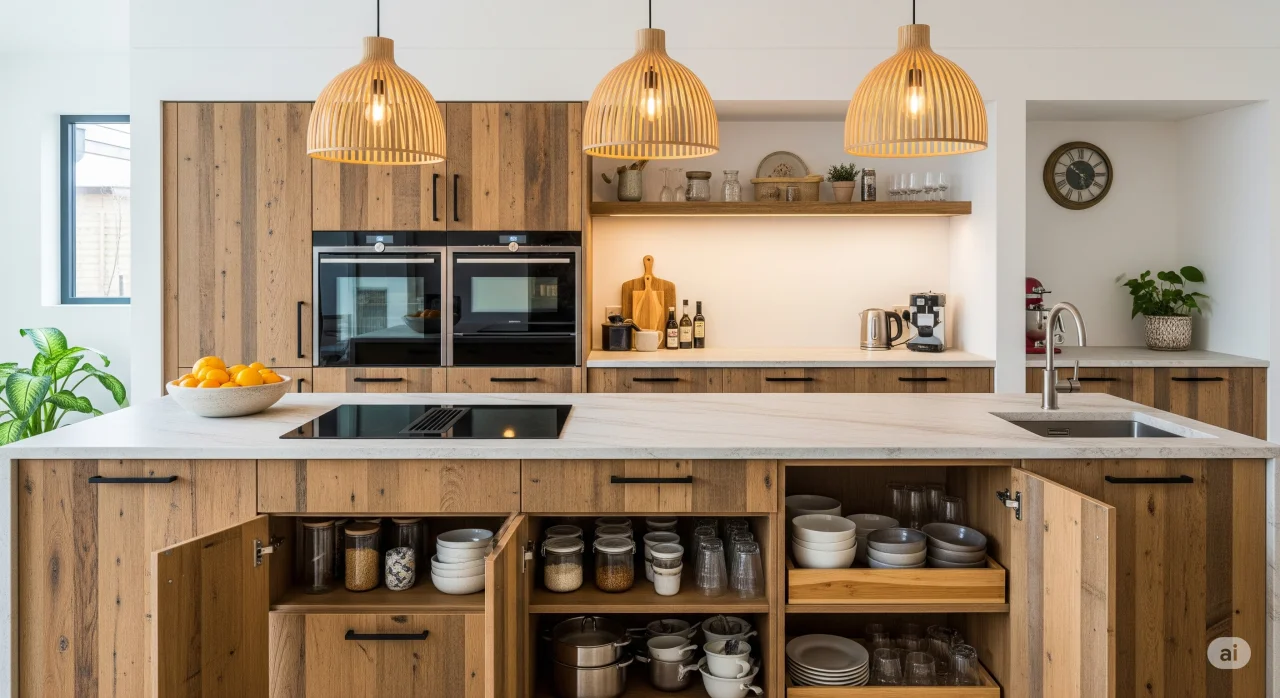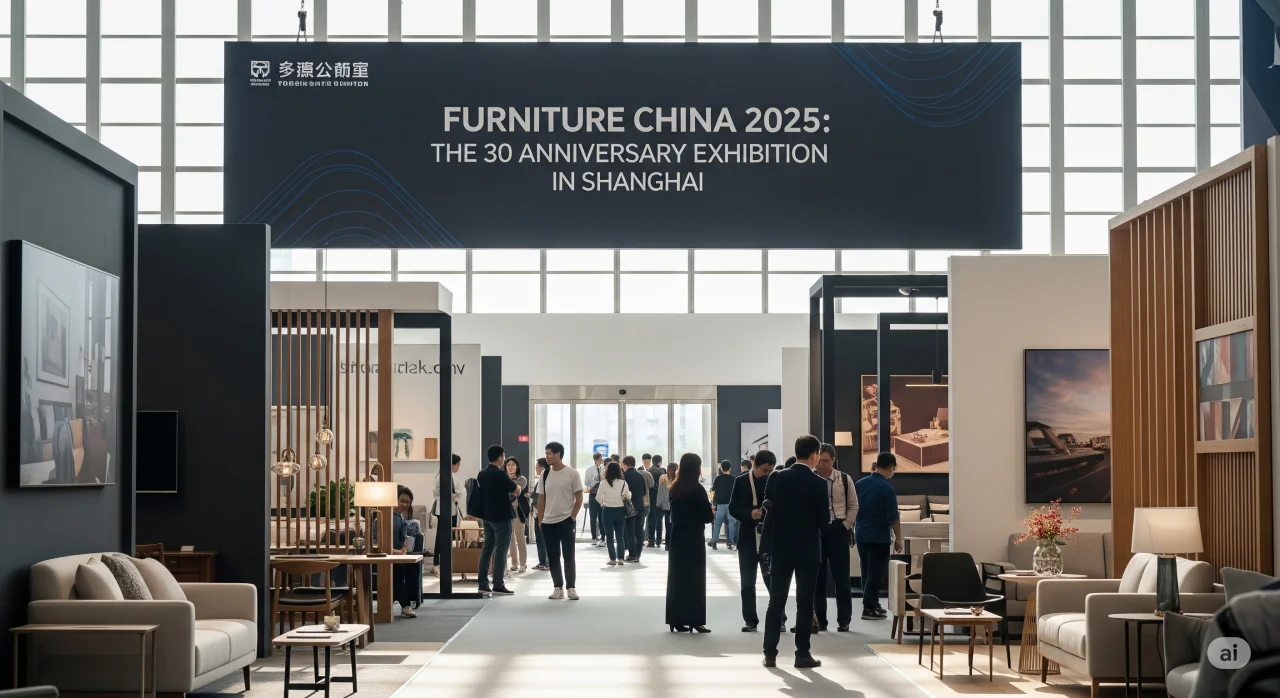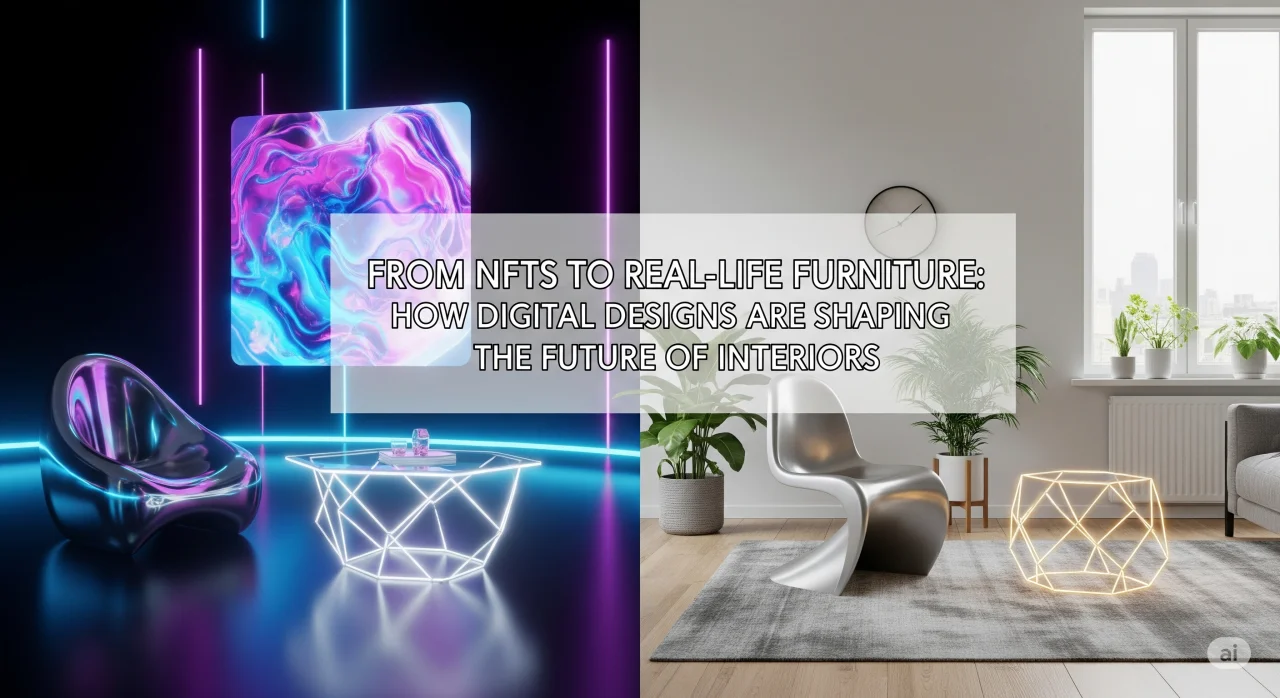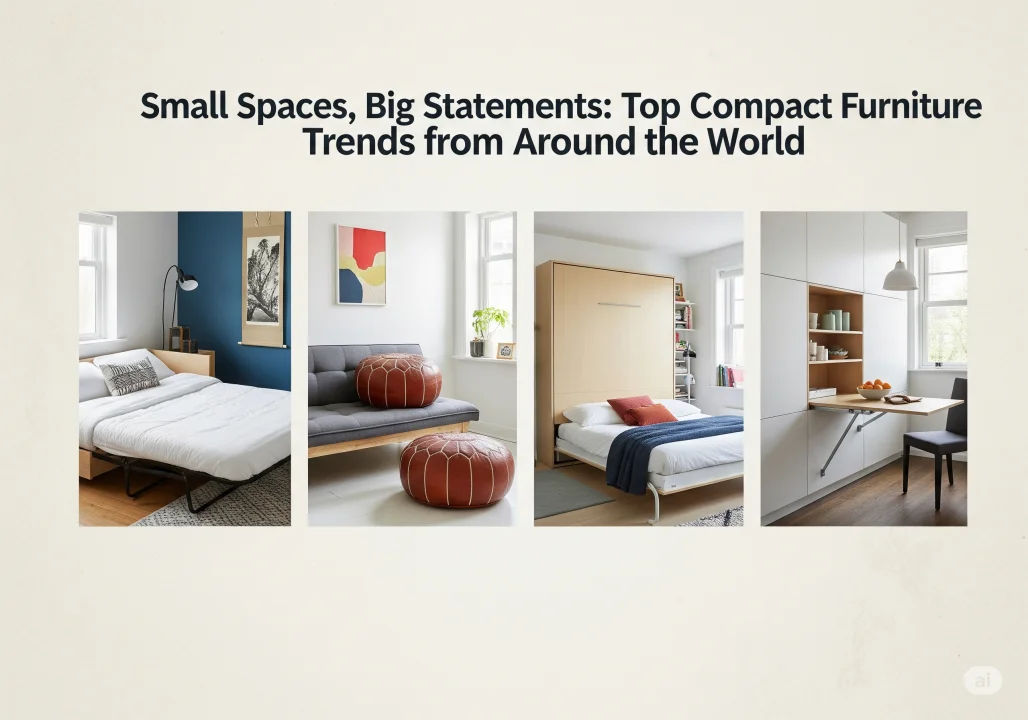In recent years, the furniture industry has undergone a significant transformation. Consumers are no longer seeking just stylish or functional pieces; they are increasingly demanding sustainable furniture that aligns with eco-conscious values. As reported by FurniPress, leading brands and designers are investing in eco-friendly materials, circular design practices, and innovative approaches to reduce environmental impact while maintaining aesthetic excellence.
1. The Rise of Eco-Friendly Materials
The foundation of sustainable furniture lies in materials that are both renewable and responsible. Designers are turning to bamboo, reclaimed wood, cork, rattan, and recycled plastics as primary sources. These materials not only reduce deforestation and waste but also create unique textures and finishes that elevate interiors. For instance, furniture made from reclaimed oak often carries a story of heritage, while bamboo offers lightweight strength and durability.
2. Circular Economy and Design Longevity
One of the most significant shifts highlighted by FurniPress is the adoption of circular economy principles. This concept focuses on designing furniture with longevity in mind, ensuring products can be repaired, reused, or recycled instead of discarded. Modular sofas, extendable dining tables, and replaceable upholstery systems are examples of how brands are prioritizing adaptability and durability.
3. Innovation in Manufacturing
Sustainable manufacturing goes beyond just using eco-friendly materials. Advances in technology now allow companies to reduce water consumption, utilize renewable energy, and minimize carbon emissions during production. 3D printing with biodegradable composites and the use of non-toxic finishes are also becoming mainstream, making sustainable furniture more accessible to global markets.
4. Global Design Trends
Eco-conscious furniture is not limited to minimalism. FurniPress has noted a growing movement toward culturally inspired sustainable design. From Scandinavian simplicity with FSC-certified wood to Japanese-inspired joinery techniques that require no nails or glue, sustainable practices are blending with diverse cultural aesthetics. This ensures that sustainability does not mean compromising on style but rather enriching it with authenticity and depth.
5. The Role of Consumers
The future of sustainable furniture also depends on consumer choices. More people are willing to invest in higher-quality, eco-conscious pieces rather than opting for fast furniture that quickly ends up in landfills. Informed buyers are looking at certifications such as FSC, PEFC, and Greenguard when making decisions, pushing the industry toward transparency and accountability.
6. What Lies Ahead
Looking ahead, the integration of smart technology into sustainable furniture is an exciting frontier. Imagine solar-powered desks, chairs designed with ergonomic AI sensors, or modular furniture that can evolve with family needs. The convergence of sustainability and technology will define the next chapter of furniture design, and FurniPress continues to provide insights into these groundbreaking developments.
Sustainability is no longer a niche—it is becoming the standard. From eco-friendly materials and innovative manufacturing techniques to cultural influences and smart integration, sustainable furniture is shaping the future of interior design. For designers, manufacturers, and consumers alike, the message is clear: the future of furniture is green, functional, and endlessly inspiring.
FurniPress remains a leading platform in uncovering these trends, offering global readers the knowledge and inspiration needed to embrace this transformative movement in modern living.






